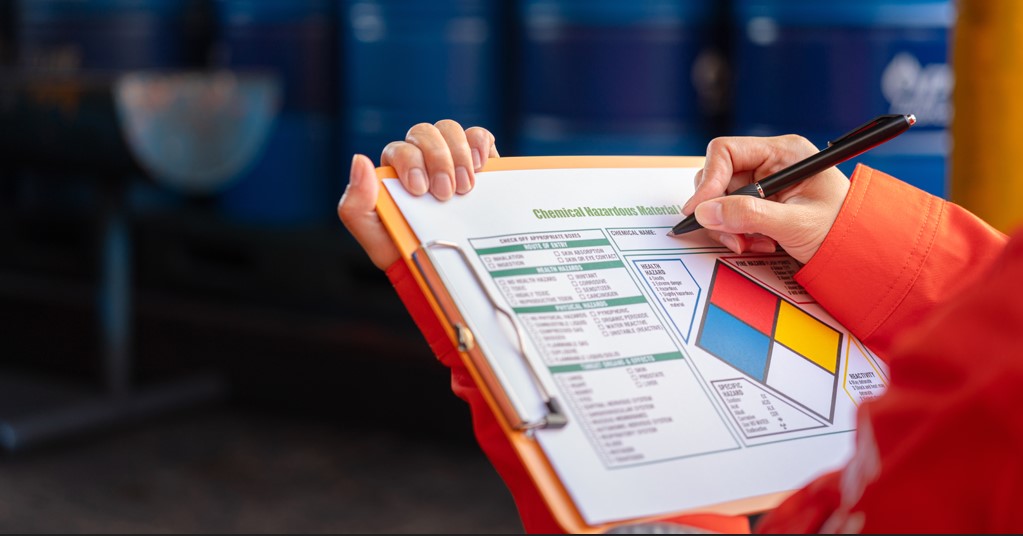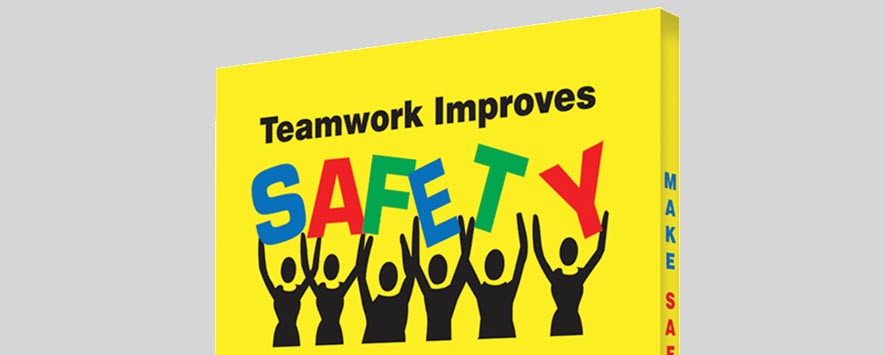
Today’s Near Miss is Tomorrow’s Accident!

Imagine you’re flying in a plane on your way to a vacation destination. Within minutes in the air, the pilot notices something is wrong and decides to quickly land. The near miss is never reported.
Without getting into too much detail, you can probably see the end result. A serious injury, a catastrophic accident – or worse – deaths. See, failing to report a near miss in any business is the same as asking for a serious workplace accident to occur.
Reporting a near miss is critical in the workplace
Walking away from something that could potentially turn into a serious incident is will never fix anything – it’ll just end in pain and an added expense. Considering the steep price of workplace injuries and illnesses. OSHA reports that employers pay somewhere around $1 billion per week for direct workers’ compensation cost alone.
Unfortunately, some people are often tempted to dismiss a near miss as a “no harm, no foul” situation. But the only way to prevent a serious situation from occurring is to:
- Define the near miss – If there was an unplanned event that did not result in injury, illness, or damage – but had the potential to do so – it needs to be reported.
- Communicate the near miss – Motivate workers to report all near misses with programs that make it easy for them to take action and report it.
- Get your employees involves – Ensure your entire workplace understands how and why they need to report near misses.
The truth is an unreported near miss today could result in a fatality tomorrow. Imagine how many accidents could’ve been prevented if someone said something and took a moment to report the incident.
As employers, you have an obligation to create a safe and healthy workplace. But without a culture devoted to safety, employees are less inclined to report situations that are unsafe.
Encourage your employees to use a near miss an opportunity to identify a safety issue before a serious workplace accident occurs. The best way to motivate more safe working days is by displaying the number of days employees have worked safely on electronic scoreboards.
4 Tips for successful reporting:
- Make sure your report answers the 5 W’s: who, what, when, where, why, and how
- Avoid shaming or placing blame
- Remove the “Tattle Tale” stigma, develop an anonymous reporting system
- Use close call incident reports as safety training topics to improve policies and practices
Every industry, from healthcare to construction, can benefit from reporting near misses. With bold, eye-capturing safety messages and counting safe working days, you can motivate workers to beat their previous safe working day record and to always report a near miss.

